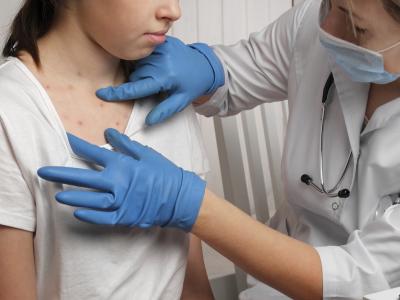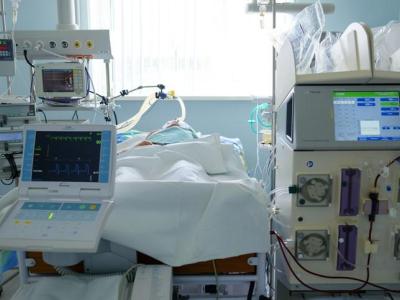Jul 1, 2008 (CIDRAP News) The US Food and Drug Administration (FDA) said today that it was activating an emergency network of laboratories to help out in the quest to determine if other food items commonly served with fresh tomatoes could be the source of a nationwide Salmonella outbreak that has now grown to 869 confirmed cases.
David Acheson, MD, the FDA's associate commissioner for foods, said at a news briefing today that the FDA has activated the Food Emergency Response Network (FERN), a voluntary system that was established after the Sept 11 terrorist attacks to temporarily increase laboratory capacity. Acheson said 10 of about 100 labs in the system have already offered to help with additional food-product testing. FERN was previously activated during the spinach-related Escherichia coli O157:H7 outbreak and during the investigation of melamine contamination in pet food, he said.
"We're getting as many resources online as possible," he said.
The outbreak involves the relatively rare Salmonella enterica serotype Saintpaul. In early June the FDA warned consumers not to eat raw red plum, red Roma, or red round tomatoes, or products that contain any of those varieties, unless the growing areas are on a list posted on the agency's Web site.
Advice to consumers unchanged
Though the FDA is broadening the scope of the outbreak investigation, Acheson said the agency is not changing its advice to consumers or naming the other products it is now investigating. "We'll update the message as needed, based on the science. It would be irresponsible to say where we're expanding," he told reporters.
In past updates, federal officials have said fresh tomatoes are frequently consumed with other produce items in dishes such as salsa, pico de gallo sauce, and guacamole. Those recipes often include other fresh components such as finely chopped jalapeno peppers, onions, cilantro, and garlic.
The slow pace of the investigation and the FDA's uncertainty about tomatoes as the source of the outbreak have upset some growers. On Jun 28, Tom Nassif, president and chief executive officer of the Western Growers Association, released a statement calling on the US House Committee on Agriculture to hold hearings on the Salmonella outbreak.
"The collateral damage inflicted on thousands of innocent producers in this country by FDA 'blanket' advisories such as with spinach and tomatoes cannot go unchallenged," Nassif said.
Robert Tauxe, deputy director of the CDC's Division of Foodborne, Bacterial and Mycotic Diseases, said the most recent illness onset among the confirmed cases was Jun 20, which he said suggests the outbreak is ongoing. Cases have occurred in 36 states and the District of Columbia, though large percentages are from Arizona, New Mexico, and Texas. Several case clustersgroups of sick people who had the same exposurehave emerged in the outbreak investigation and could provide valuable trace-back clues, he said.
Tauxe emphasized that case-control studies continue to strongly suggest tomatoes, as more than 80% of those who were sick say they ate fresh tomatoes, about twice the rate among healthy controls. However, he said expanded case-control studies that the CDC conducted over the weekend clearly pointed to a need to look beyond tomatoes.
Some infectious disease experts have faulted federal investigators for not tracing the tomatoes consumed by controls to help clarify which products are contaminated and confirm that tomatoes are the source. However, Tauxe said today that officials have not yet requested that type of trace-back study.
Outbreak stirs talk of change
Acheson acknowledged the difficulties in investigating the outbreak and said federal officials are already pondering ways to avoid similar problems the next time the nation faces a large outbreak linked to fresh produce.
He said the FDA is exploring the idea of forming an interagency task force to help coordinate the work of federal agencies and state health departments.
The produce industry has a role to play in avoiding a repeat of this difficult outbreak investigation by ensuring that its products are safe, Acheson said. One reason for the frustrating slowness of the trace-back studies is that most growers, packers, and distributors still maintain paper records. "Electronic record-keeping would enhance traceability," he said.
Also, he said Congress still has not required food companies to build in food safety controls that the FDA requested last November when it released its food safety plan.
See also:
Jun 27 CIDRAP News story "Salmonella source still a mystery as cases top 800"
CDC Salmonella update
















